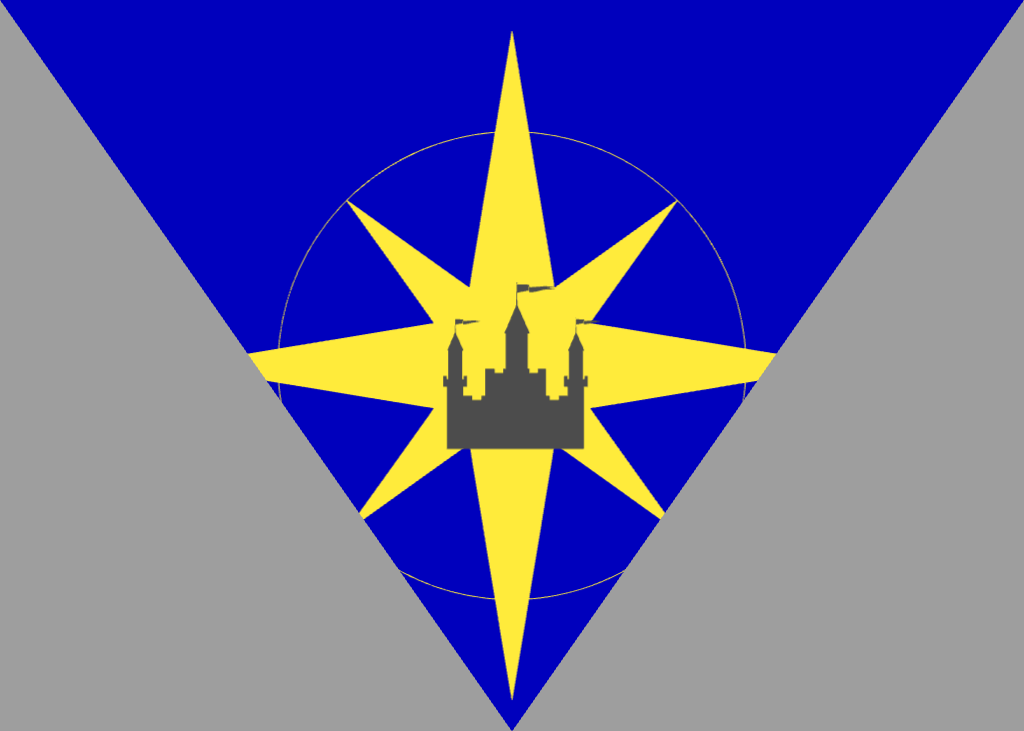The Gothian Empire: A Comprehensive Overview
The Gothian Empire, established during the First Era of Exelia, represents a pivotal chapter in the continent's history. Its foundation, territorial expansions, and eventual decline significantly influenced the cultural and political landscape of Arshmunnu.
Foundation of the Gothian Empire
Pre-Empire Context
Before the emergence of the Gothian Empire, the region was divided into two distinct factions:
Ásturia: Known for its strong adherence to tradition and a zealous nature, Ásturia was committed to preserving its heritage and cultural practices.
Karunia: Renowned for its exploratory spirit and significant advancements in science, Karunia advocated for progressive changes and exploration.
The Battle of Fractura (circa 1275 BA)
The growing ideological rift between Ásturia and Karunia culminated in the Battle of Fractura, fought near the significant geological landmark known as the Crack of the World. This fierce confrontation utilized the military prowess of both factions and the challenging terrain around the Crack.
Outcome: Ásturia emerged victorious due to its disciplined military strategies and deep commitment to cultural values and traditions.
Victory and Unification: Following its victory, Ásturia sought to unify the region, blending the traditional zeal of Ásturia with Karunia’s progressive vigor.
Establishment of the Gothian Empire
The Gothian Empire was officially declared after the battle, with the Castle of Ásturas chosen as the capital, located near the Crack of the World. This location served as the administrative and symbolic heart of the newly formed empire.
Territorial Expansion and Control
By 822 BA, the Gothian Empire had established full control over the dark forests and, following the Chamalian Wars, expanded its territory to include the Chamalia island and the eastern Chamalia peninsula.
Peak: The empire's strategic positioning allowed it to exert influence over Frontia during its zenith around 740 BA.
Challenges: This control was later challenged during the Coalition Wars, leading to Frontia's loss due to internal rebellions and external pressures.
The Chamalian Wars (750 BA - 740 BA)
The Chamalian Wars were critical in shaping the Gothian Empire's trajectory. These wars, sparked by Chamalia’s expansionist ambitions, saw intense military conflicts across Exalia.
Key Battles: Significant clashes such as the Battle of the Twin Rivers and the Siege of Galdoria highlighted the tactical engagements during this period.
Outcome: The wars led to the dissolution of the Chamalia Empire and the territorial gains for Gothia, Frontia, and other regional powers.
Decline and Fall
The Gothian Empire's prominence began to wane due to internal conflicts and a devastating civil war that erupted after 716 BA. This period was marked by the rebellion of Karun and the ambitions of various factions vying for the throne, leading to the empire's fragmentation.
Fall: The fall of the Gothian Empire in 716 BA resulted in the emergence of three distinct kingdoms from its remnants:
- Ásturia Kingdom: Controlled the former capital and the southern regions of the Gothia peninsula.
- Karun Kingdom: Governed the northern desert regions.
- Chamalia Papacy: Took control of the Chamalia peninsula and eastern Chamalia.
Cultural and Military Legacy
The Gothian Empire's legacy is evident in its contributions to military strategy, cultural developments, and legal systems. Its influence persisted long after its fall, impacting subsequent political structures and ideological frameworks within Arshmunnu.
Cultural Resurgence: The end of Chamalia’s rule led to a cultural revival in the liberated regions.
Social Changes: The restructuring of societies post-war involved significant social integration efforts and adjustments to the new political realities.
Conclusion
The story of the Gothian Empire is a testament to the complexities of empire-building, the challenges of maintaining a vast territory, and the inevitable cycles of rise and decline. Its history provides crucial insights into the dynamics of power, conflict, and cultural integration in the ancient world of Arshmunnu.


Comments